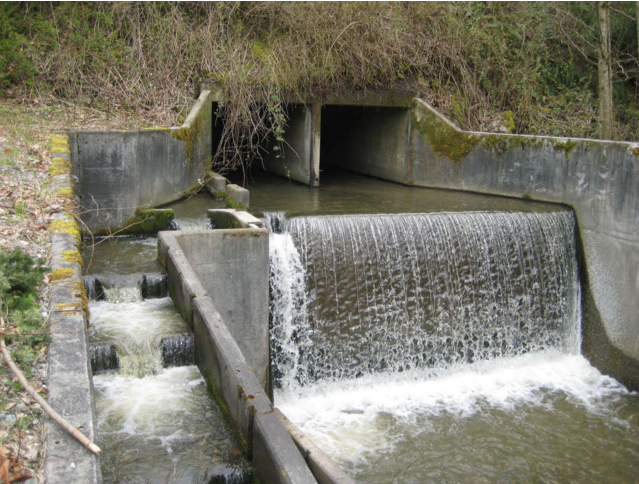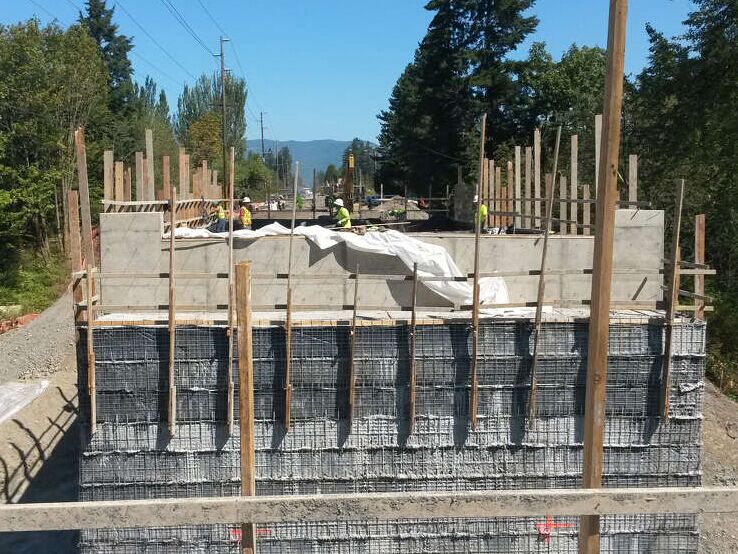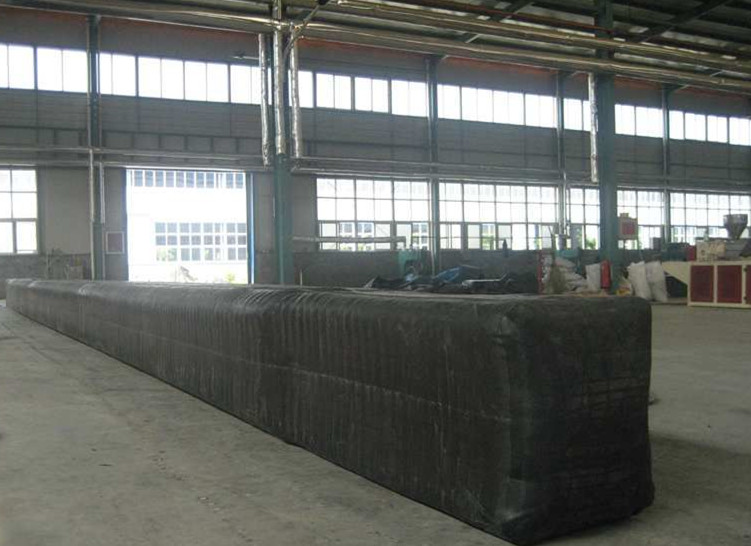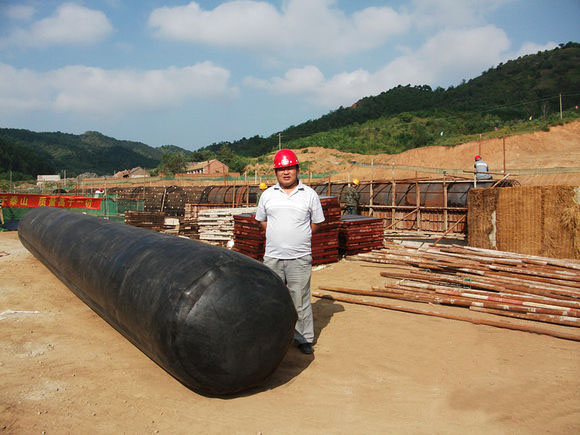

The Washington State Department of Transportation (WSDOT) is currently improving the traffic flow for a number of Western Washington residents. Yet these residents don't use the roadways; instead they travel in the streams flowing beneath the state's roadways and bridges. Just as improperly designed roadways result in backups or accidents when there are too many cars on the road, so too can improperly designed culverts impend a fish's passage downstream or upstream — and in the worst case, lead to their death.
For a number of years, culverts weren't designed or installed with fish in mind, but once science revealed the detrimental effects of improperly designed culverts upon fish migration, WSDOT began including fish-friendly culverts in new projects. In 1991, the agency started to replace the older culverts; however, the replacement was dictated on the availability of funds and whether the replacement was part of a larger roadway project.
With nearly 1,000 barriers needing replaced, and seeing slow progress, 21 Western Washington tribes (Lummi, Nooksack, Swinomish, Upper Skagit, Sauk-Suiattle, Stillaguamish, Tulalip, Muckleshoot, Puyallup, Nisqually, Squaxin Island, Skokomish, Suquamish, Port Gamble S'Klallam, Jamestown S'Klallam, Lower Elwha Klallam, Makah, Quileute, Hoh, Quinault, and Yakama) filed a “Request for Determination” in 2001. They petitioned the U.S. District Court to find that preserving fish runs was a treaty-based duty of the state of Washington. Six years later, the court ruled that the state may not own or operate culverts that hinder fish passage, and in 2013, the court issued an injunction that requires the state and its respective agencies to replace these culverts. Of these culverts, more than 800 fall within WSDOT's jurisdiction, and the agency has until 2030 to replace them.
Dean Moon, fish passage manager at WSDOT, said that following the injunction the agency established design teams and ramped up efforts to design barrier corrections that would eventually replace these 800 culverts. These new designs include bridges, box culverts or a reinforced concrete split box.
“Most of what we're installing are box culverts; many of them are in the 18 to 26 ft. range wide and the height varies depending upon the site specific conditions,” he explained, “and there are some bridge structures as well.”
Designing these projects require several areas of expertise including hydrologic and hydraulic engineers, geotechnical engineers, structural engineers, transportation engineers and biologists because a number of site conditions dictate the type of replacement structure. The stream channel characteristics, such as stream channel width and stream flow, soil type, are the primary consideration for the stream design.


